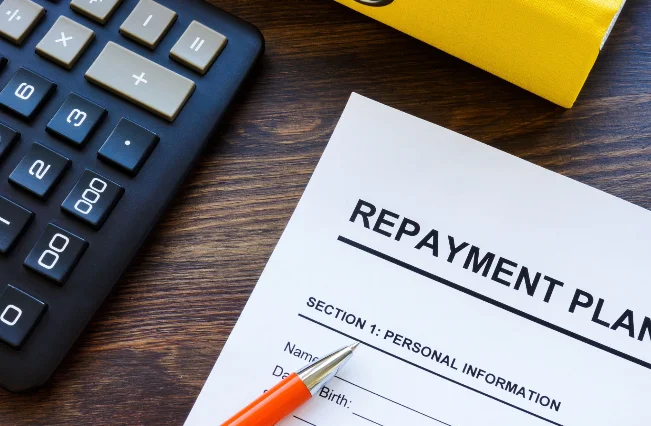Maximising Returns: How To Avoid Stamp Duty On A Buy To Let?
Investing in buy-to-let properties offers a promising avenue for financial growth, but the path to profitability involves navigating various costs, with stamp duty standing out as a significant consideration. In this comprehensive guide, we will explore practical strategies to not only understand but strategically minimise the impact of stamp duty on your buy-to-let investments. From regional variances to tax-efficient structures, we’ll delve into valuable insights to help you maximise returns in the ever-evolving property market.
Understanding Stamp Duty
Stamp duty, a government-imposed tax on property purchases, adds a layer of expense to buy-to-let investments. However, savvy investors can employ legal avenues to minimise this cost and enhance overall returns.
Explore First-Time Buyer Relief
The term “first-time buyer” extends beyond initial home purchases. Investigate whether you or your co-investors qualify for relief based on specific time frames without property ownership. Leveraging this relief can significantly reduce the payable stamp duty.
Consider Multiple Buyers
Collaborating with family or business partners offers strategic advantages. Joint buyers may benefit from lower stamp duty rates or exemptions. Legal advice is crucial to structuring joint purchases effectively, considering potential tax implications.
Explore Tax-Efficient Structures

Opting for tax-efficient structures, like a limited company, can yield advantages. While transferring properties to a limited company incurs stamp duty, the long-term savings on other taxes make it a viable strategy. Consult financial and legal professionals for a comprehensive assessment.
Research Regional Variances
Stamp duty rates vary between regions and countries. Investigate potential investment locations and their stamp duty regulations. A slight shift in geographical focus might lead to substantial stamp duty savings.
Timing is Key
Understand the timing of property purchases. Some jurisdictions offer temporary reductions or exemptions as part of government initiatives. Stay informed about upcoming changes to stamp duty rates or relief measures and time your purchases accordingly.
Add Value, Reduce Duty
Stamp duty is calculated based on property purchase price. Adding value through renovations or improvements before completing the purchase can potentially lower stamp duty liability. Carefully weigh the costs and benefits of this strategy.
Review Exemptions and Reliefs
Certain property types, like mixed-use properties, may qualify for exemptions or reliefs. Investigate criteria in your target investment area and structure your buy-to-let strategy accordingly.
Navigating the Impact of New SDLT Regulations

In 2015, the UK government implemented new stamp duty regulations to address the housing crisis. The primary objective was to ease the entry of first-time buyers into the property market by increasing stamp duty on buy-to-let properties and second homes. The idea was to make these investments less appealing and increase housing availability for first-time buyers. However, in practice, it could result in higher rental costs, posing challenges for new buyers to save for a deposit.
Buy-to-Let Stamp Duty Exemptions
Several exemptions may affect your liability for buy-to-let stamp duty. If you’re married or in a civil partnership and one partner already owns a property, the additional stamp duty applies, regardless of the number of properties you personally own. Similarly, if the purchase is made by a company rather than an individual, the additional stamp duty applies, irrespective of the company’s property holdings.
You’re not a UK resident?
If you’re not a UK resident for SDLT purposes, meaning you’ve spent more than 182 days outside the UK in the 12 months before buying a property, you’ll incur an additional 2% surcharge. Overseas investors who already own at least one other property face specific SDLT rates.
How Much Additional Stamp Duty Could I End Up Paying?
While 3% might not seem like a substantial surcharge, it can have a notable impact, especially for properties priced above £125,000. As an example, if you purchase a second property for £230,000, you’ll pay 3% on the first £125,000 and 5% on the remaining amount over £125,000.
Rate amount rate tax you pay:
£0 – £125,000 £125,000 3% £3,750
£125,000 – £230,000 £105,000 5% £5,250
Total = 9,000
If your property exceeds £250,000 in value, you’ll step into an even higher stamp duty band (8%), which can result in a substantial surcharge.
The silver lining is that buy-to-let stamp duty can be offset against capital gains, preventing double taxation on this amount. However, it’s worth noting that tax relief on buy-to-let mortgage payments has been phased out.
Conclusion and Consultation
Navigating the complexities of buy-to-let stamp duty requires careful consideration and strategic planning. The new SDLT system represents a significant additional expense for prospective landlords to factor in. It’s advisable to consult a financial adviser to determine if this type of investment aligns with your financial goals. Our team at Expert Mortgage Brokers is here to guide you through the intricacies of buy-to-let investments and help you make informed decisions.
For more in-depth information on stamp duty land tax and stamp duty for second homes, refer to our dedicated guides on these subjects. We are committed to providing you with the knowledge and support needed to make your buy-to-let venture a successful and financially sound endeavour.






